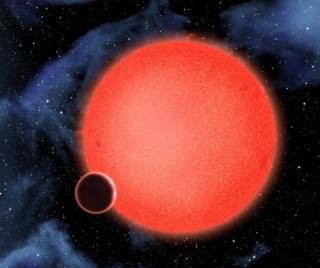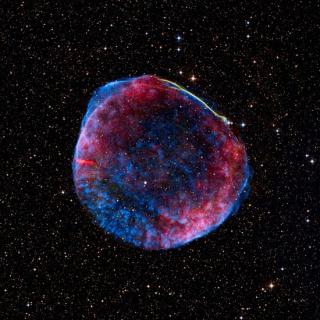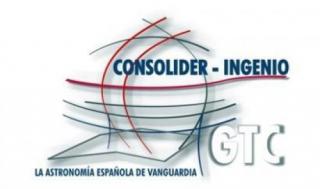
La ‘supertierras’, con una masa hasta 10 veces superior a la terrestre, son buenos candidatos para encontrar vida fuera del Sistema Solar Ubicada a 42 años luz de nosotros, GJ 1214b es una de las más estudiadas porque puede observarse desde telescopios terrestres con relativa facilidad Los datos obtenidos con el GTC por investigadores del IAC apoyan la idea de que la atmósfera de GJ1214b está compuesta por elementos metálicos A veces, tan importante es lo que se observa como lo que no se observa. Un equipo del Instituto de Astrofísica de Canarias (IAC) ha comprobado que la atmósfera de la
Advertised on



